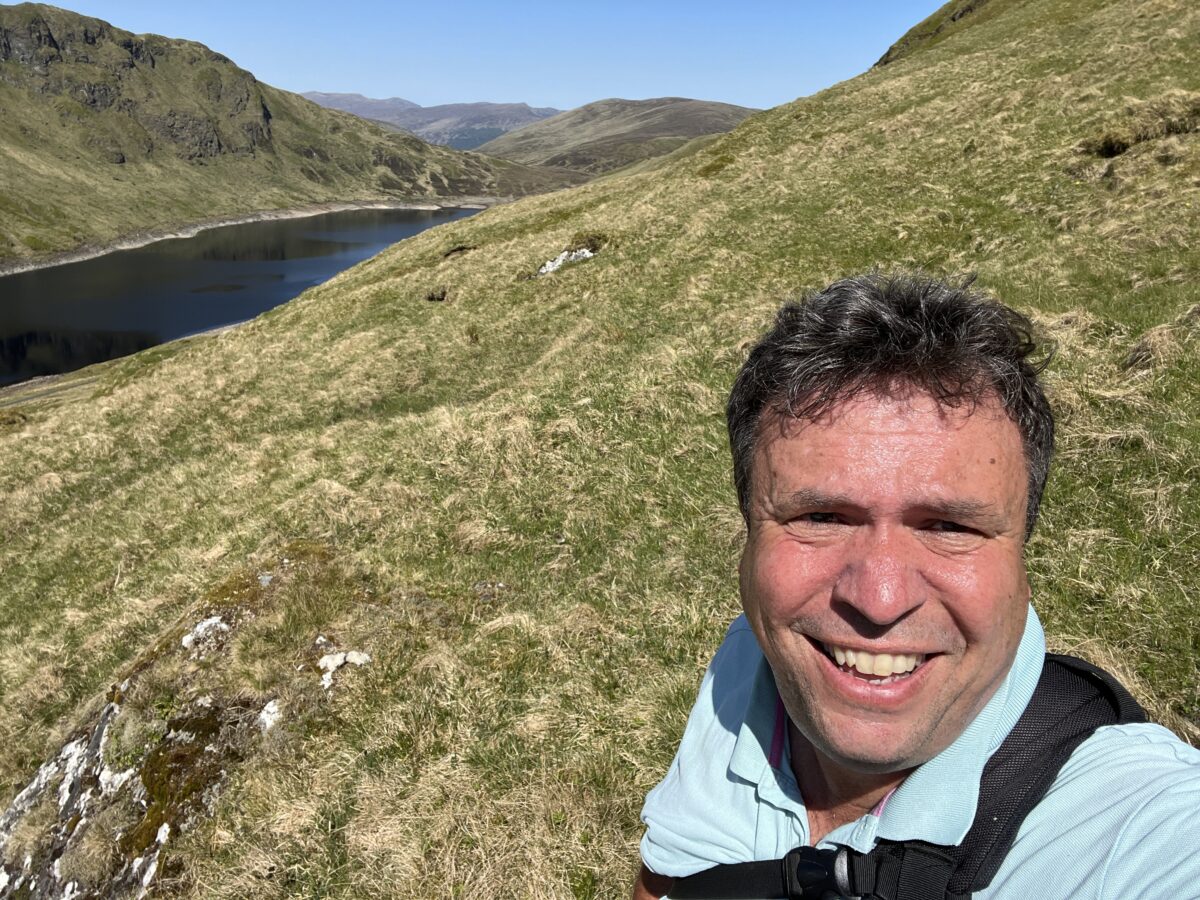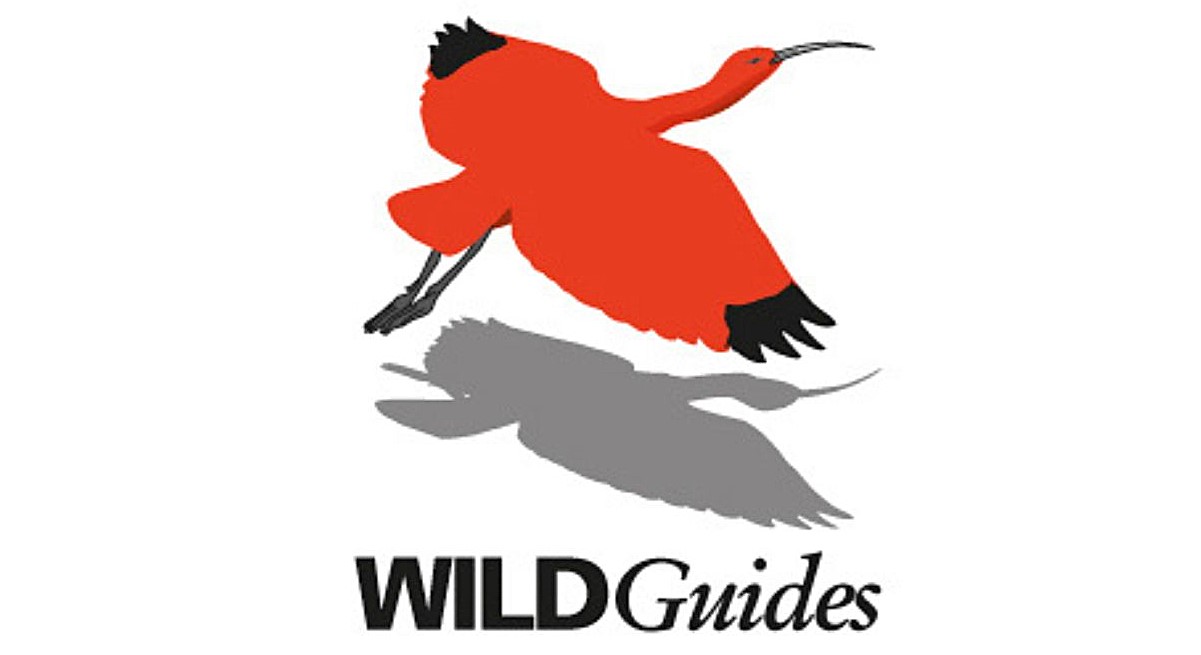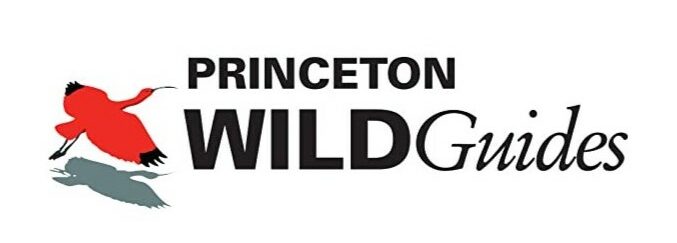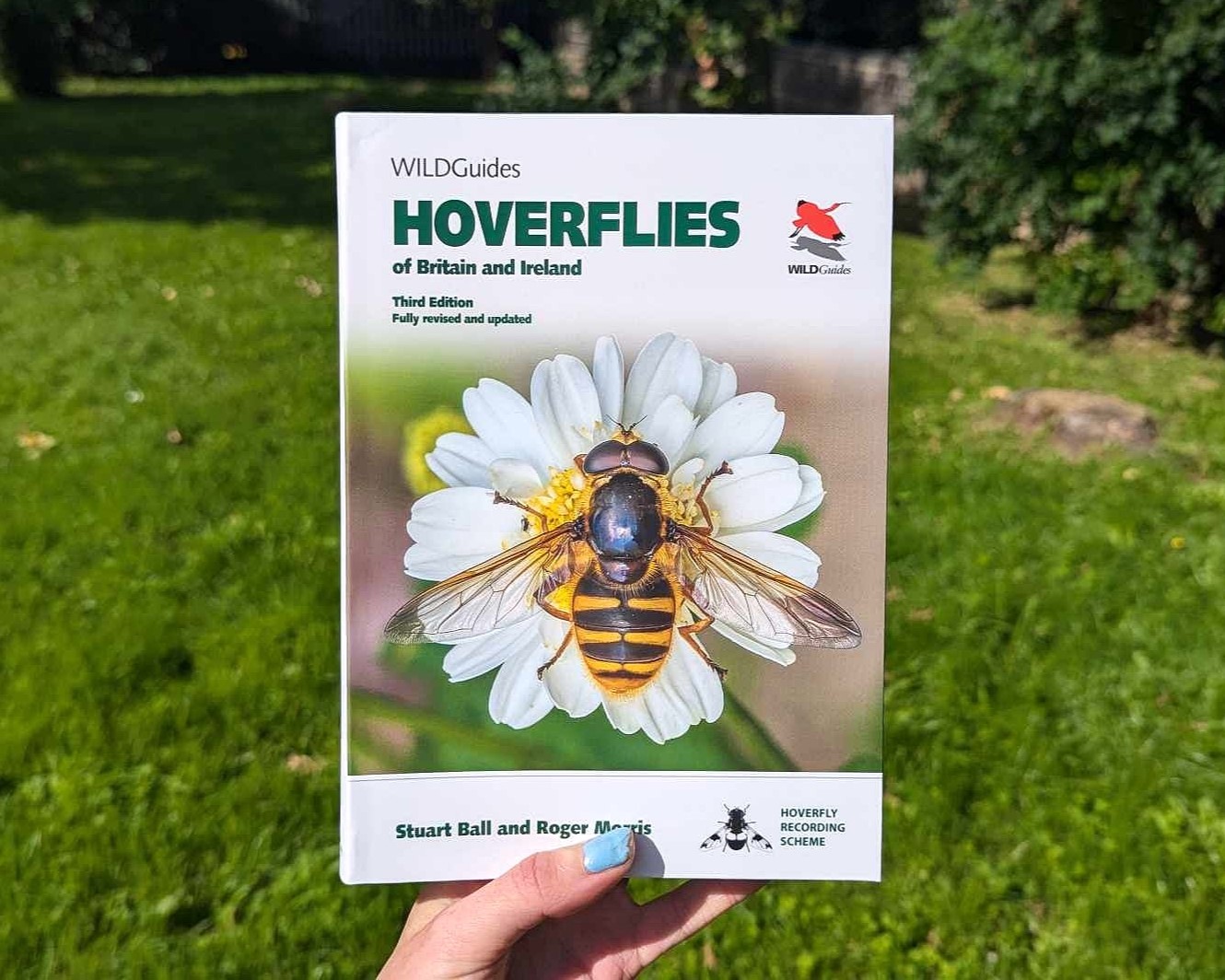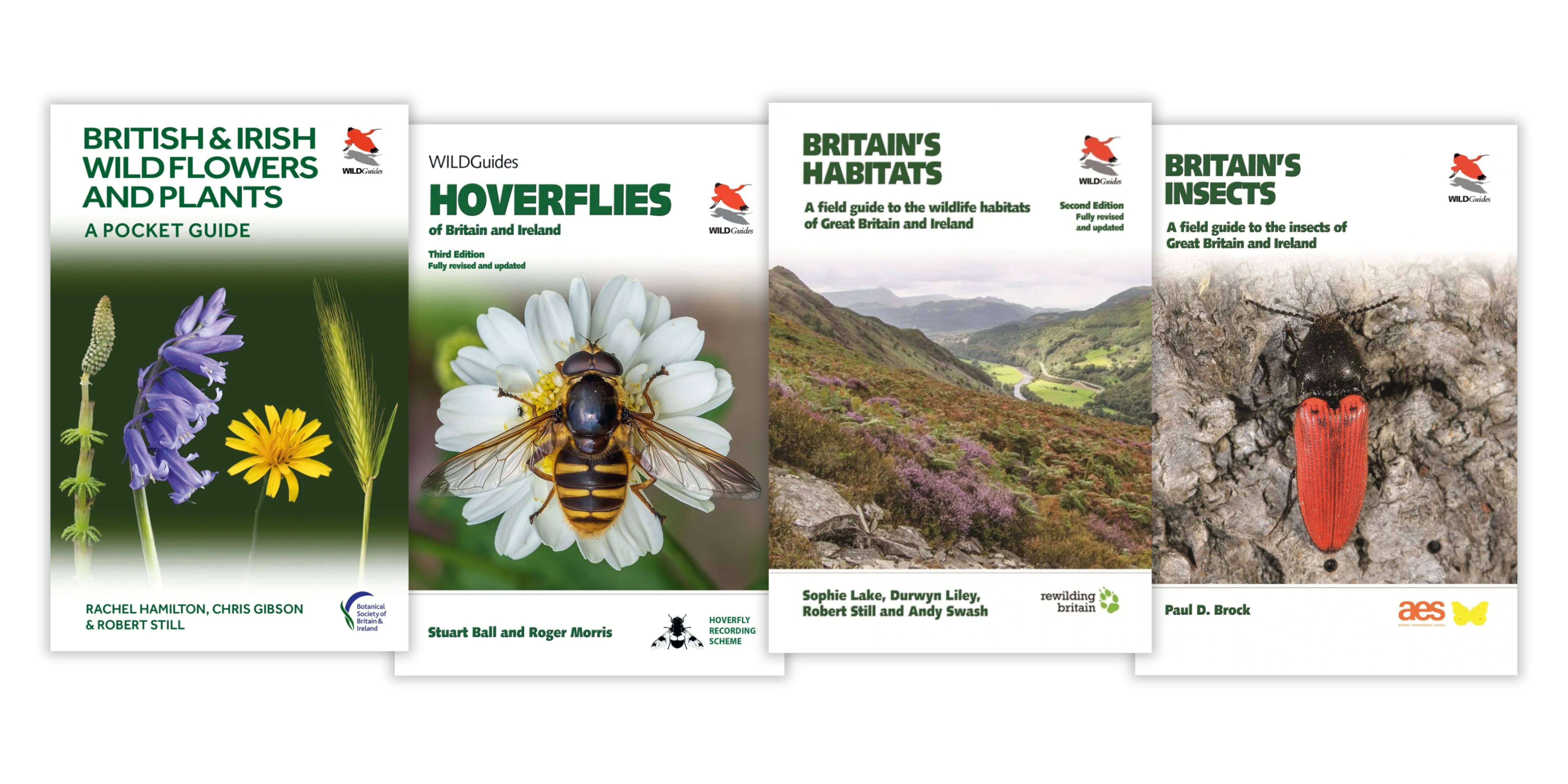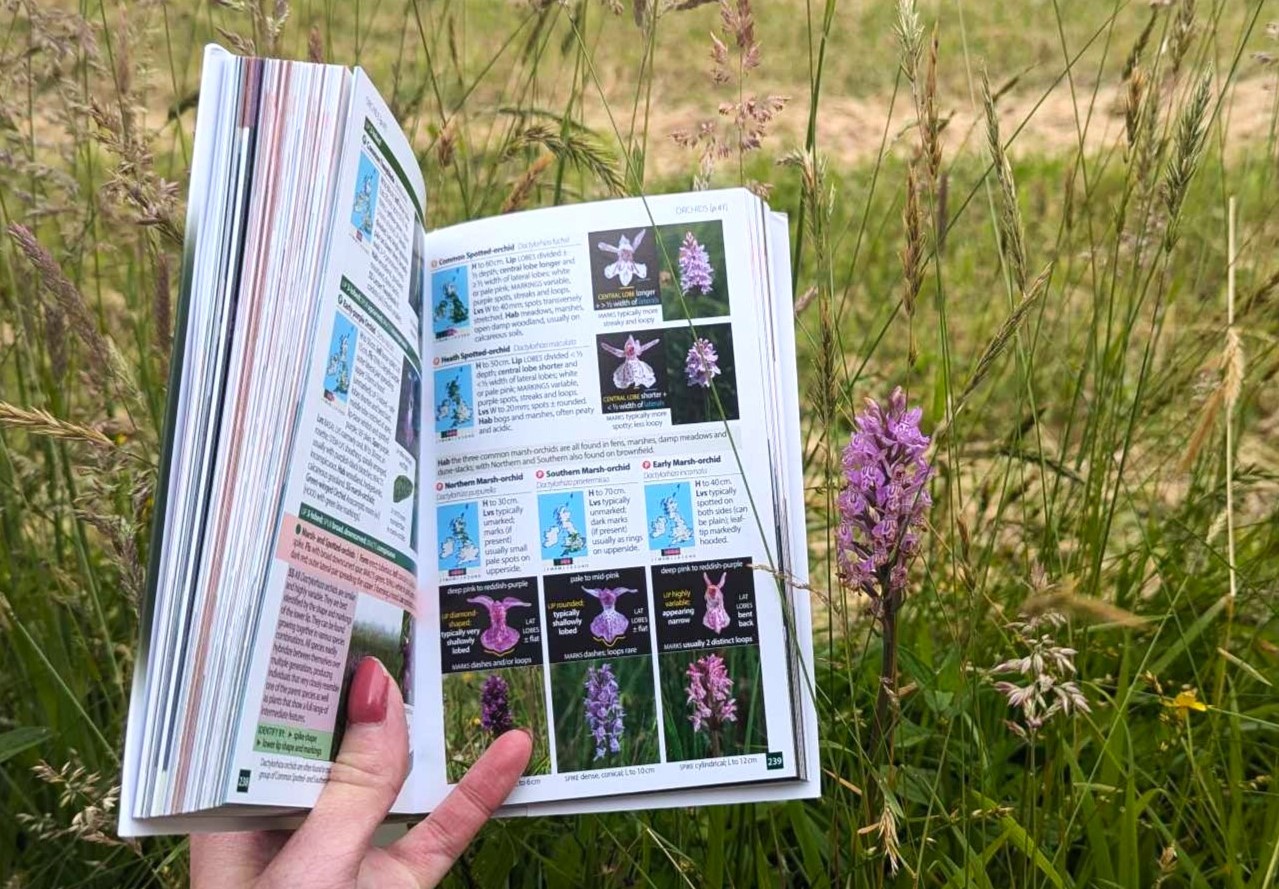This comprehensive guide to tree identification features over 3,000 photos and illustrations of more than 300 native and common non-native species. It includes detailed keys, distribution maps and seasonal charts, alongside ecological insights, habitat information and conservation advice on each species, making it an invaluable resource for those interested in British and Irish tree species.
comprehensive guide to tree identification features over 3,000 photos and illustrations of more than 300 native and common non-native species. It includes detailed keys, distribution maps and seasonal charts, alongside ecological insights, habitat information and conservation advice on each species, making it an invaluable resource for those interested in British and Irish tree species.
 Jon Stokes is one of Britain’s leading tree conservationists and has been studying the world of trees for over thirty years. He is the Director of Trees, Science and Research at a UK based charity The Tree Council, which aims to bring everyone together for the love of trees, and has authored or co-author ten books focusing on trees.
Jon Stokes is one of Britain’s leading tree conservationists and has been studying the world of trees for over thirty years. He is the Director of Trees, Science and Research at a UK based charity The Tree Council, which aims to bring everyone together for the love of trees, and has authored or co-author ten books focusing on trees.
We recently spoke to Jon about Trees of Britain and Ireland, where he told us how he decided which species to include in this book, what his hopes are for the future conservation of our native trees and more.
How did you first become interested in tree biology and ecology, and why did you decide to write the latest WILDGuides identification book?
I have always been fascinated by trees. I love their huge size, their great age and their amazing ability to live for centuries in one spot, coping with everything the world throws at them. To truly understand trees, however, I believe it is vital to understand the other species that depend on them. Oaks, for example, support more than 2,000 other species.
When the opportunity arose to write the WILDGuides tree book, it felt like an amazing opportunity to produce something new – a book that not only allowed the identification of all our diverse and varied native trees and shrubs, but one which also described the ecology of the trees and some of the species which live within them.
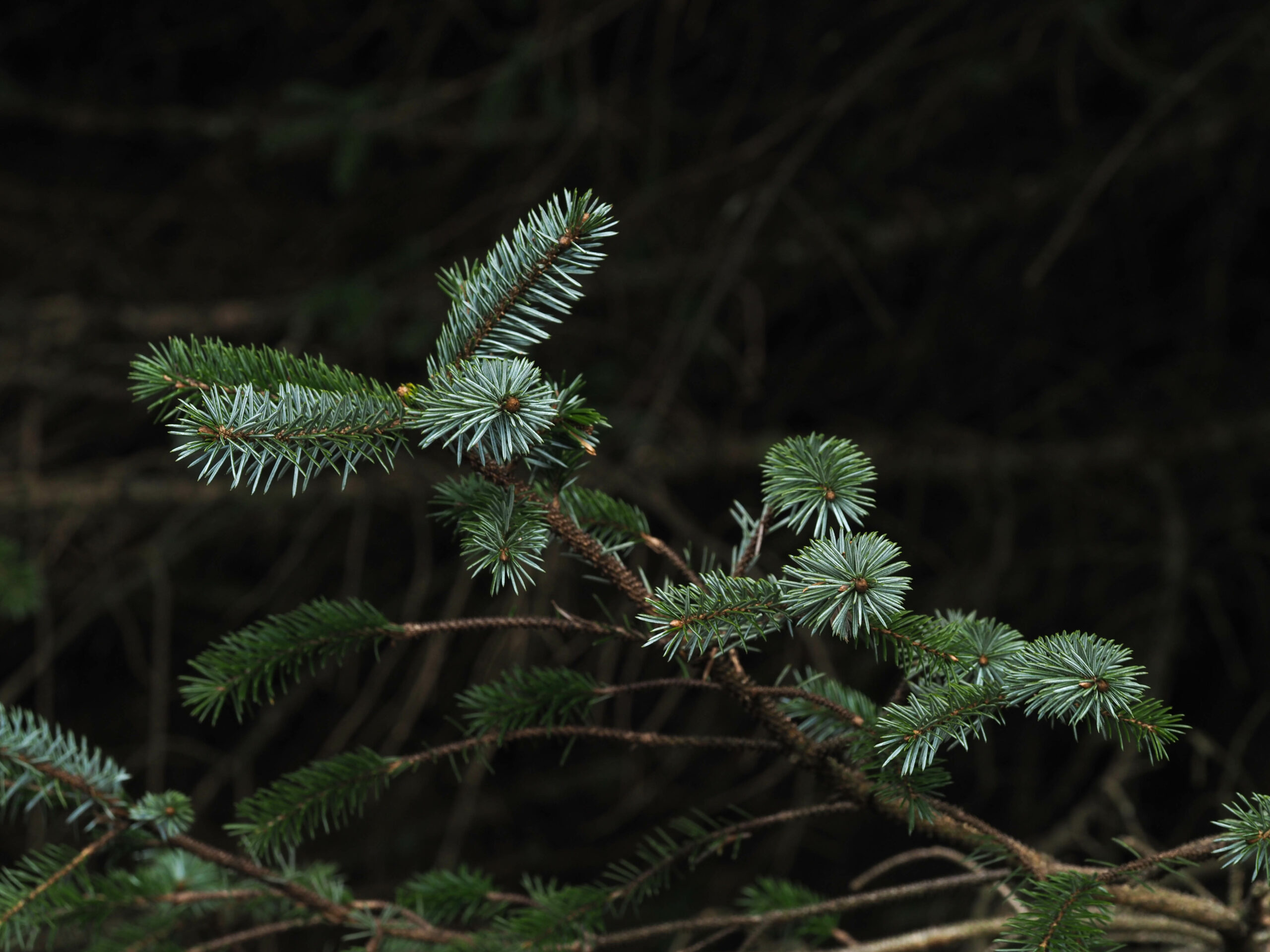
What was the greatest challenge you faced when writing this guide, and did you have any specific issues in relation to seasonality?
One of the many challenges in producing this book was our desire to photograph flowers, leaves, fruit and winter twigs – to show how to identify trees all year round. This obviously meant returning to each species a number of times, in all seasons, in all weathers, across the length and breadth of the country. We also wanted to show trees in their natural environments – all of which just made the project a little more complex! Despite the challenges, it was a joyful journey of discovery which took me from the top of Ben Lawers in Scotland; to sea level in Cornwall and Ireland; from sand dunes to heathland; from dense woodland to ancient wood pasture, and occasionally to some very scary cliff edges, looking for Whitebeams.
Trees of Britain and Ireland provides a comprehensive overview of the interdependent relationships between trees and a variety of plant, animal, fungal, and lichen species. Why did you think it was so important to highlight these relationships, and how did you decide which additional species to include?
The web of life that surrounds our trees is truly astonishing, from tiny wasps to bats, from fungi to Ospreys – they all live in and on trees. Selecting the range of species to illustrate was difficult and, of course, there was also a bit of personal preference in the final choices! In some cases, the selection process was very difficult. To my surprise, the biodiversity of some species, like Wild Cherry, doesn’t appear to be well studied – something I hadn’t realised until working on this book.
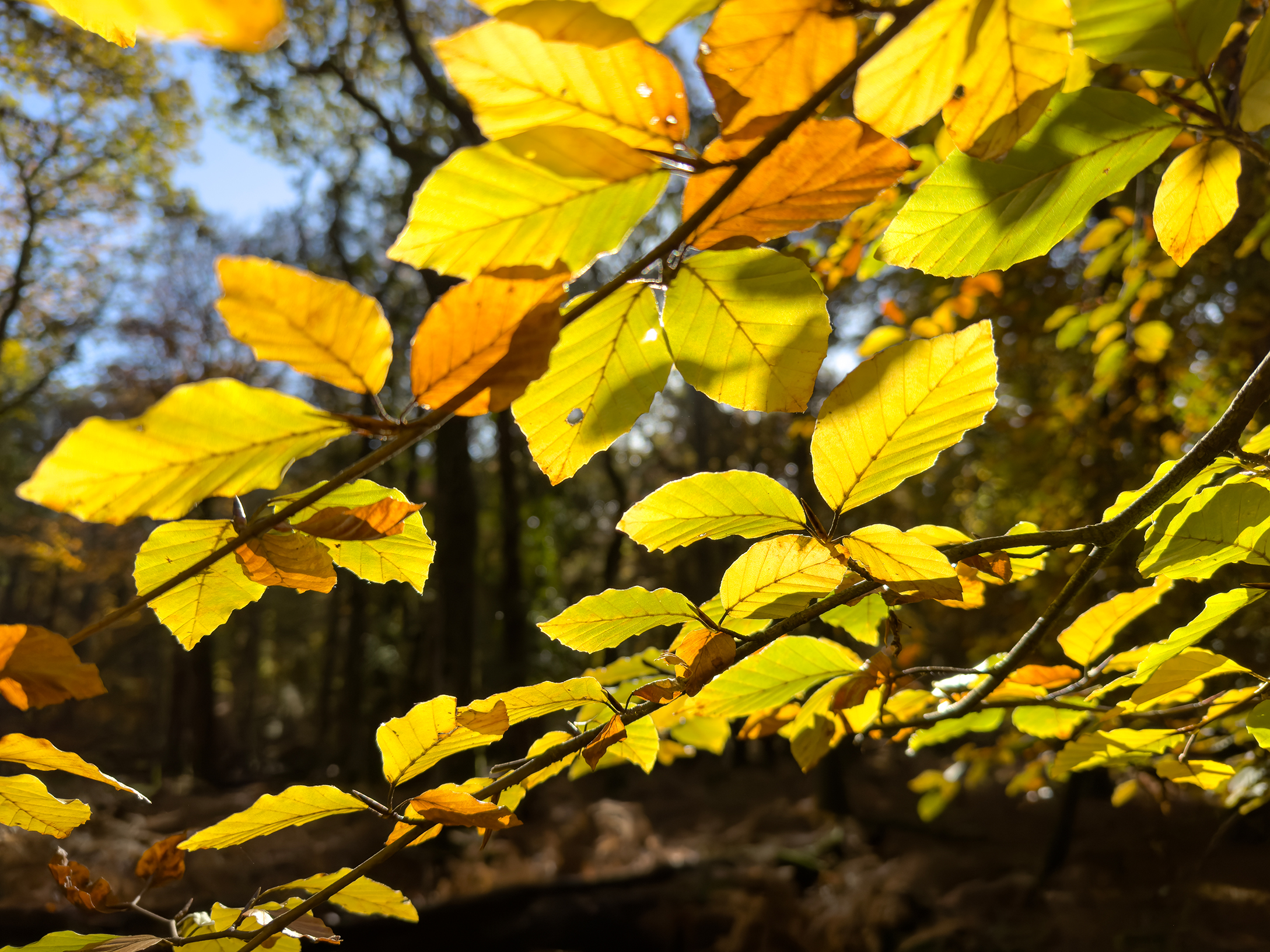
It was evident throughout the book that this is a clear, easily digestible guide suitable for readers of all abilities. How important do you think nature accessibility and education is for future generations?
I have had the pleasure of spending my working life engaging people with nature. From guided walks, to lectures and talks, I love showing people new aspects of the world around us. Life is fascinating and every day is a school day. For example: Why are leaves green? How do trees grow? Why is that tree, that shape? These are the questions that enthral me daily. I guess this is a long-winded way of saying that I believe learning about nature is vital to all of us, all the time, and at any age. I hope this book sparks an interest in learning more about my beloved trees. I hope it sparks a desire to go out and explore other aspects of our beautiful islands and the wealth of wildlife we have here.
What patterns did you notice whilst researching conservation status in the UK, and what are your hopes for the future conservation and protection of our native trees and plants?
This is a really interesting question. I now realise that, before researching this book, I hadn’t really thought about the conservation status of many of our trees and shrubs. Yet, Britain and Ireland actually have many rare and globally endangered species growing exclusively here, like many of the endemic Whitebeams and the Wild Cotoneaster. Our knowledge of our rare trees is sometimes scant. In the last twelve months, new information has emerged about our elm trees, suggesting there may be new and rare elm species hiding in plain sight.
So, what are my hopes for the future of these rare species? Well, if nothing else, the development of the book allowed me to clearly articulate the importance of these rare trees in my work. More importantly, I hope a better understanding of the importance of these rare trees will allow better protection to be developed for these globally rare species growing in these islands.
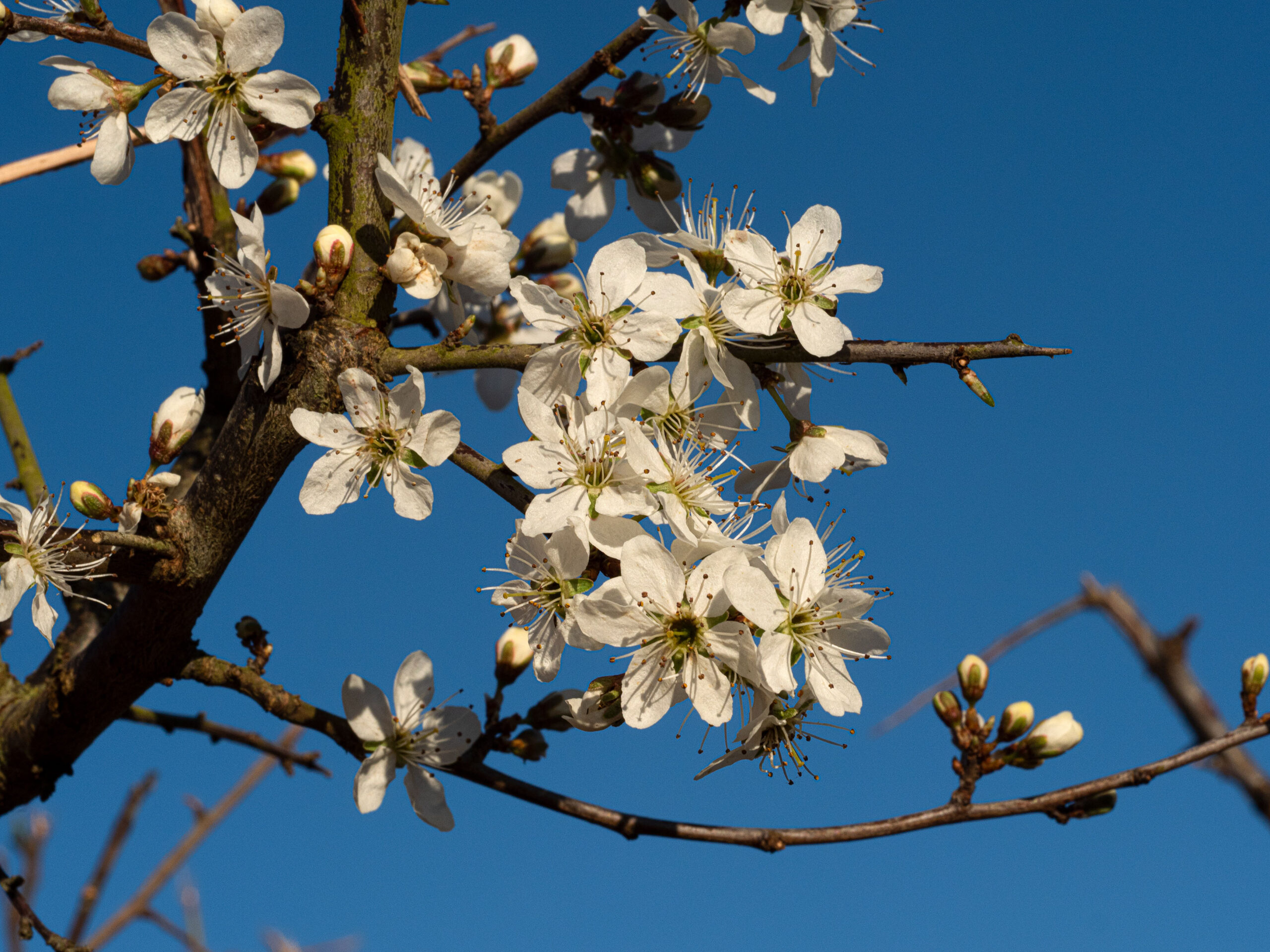
What’s taking up your time at the moment? Are you working on any other books or projects that we can hear about?
In terms of projects, there is one current Tree Council project that is very important to me. This project draws on work undertaken twenty years ago when, with my fellow authors and photographers, we had the privilege of writing a number of books on our ‘Heritage Trees’ – trees that are as important to the nation as some of our great stately homes and castles. From 2000-year-old yews, to astonishing old broadleaved trees like the Bowthorpe Oak, we featured a range of these iconic trees to show the amazing living heritage we have in Britain and Ireland. Now 20 years on, we are revisiting the trees to see how they have fared over the last two decades and the results of this will be published later in the summer. It’s already clear that while some of the trees have thrived over this time, others have not done so well. Our aim is for this project to lead to the development of new guidance on how to better protect our most important trees, to ensure that we can marvel at these ‘Green Monuments’ and hear their stories for many decades to come.
Trees of Britain and Ireland is available from our online bookstore.

